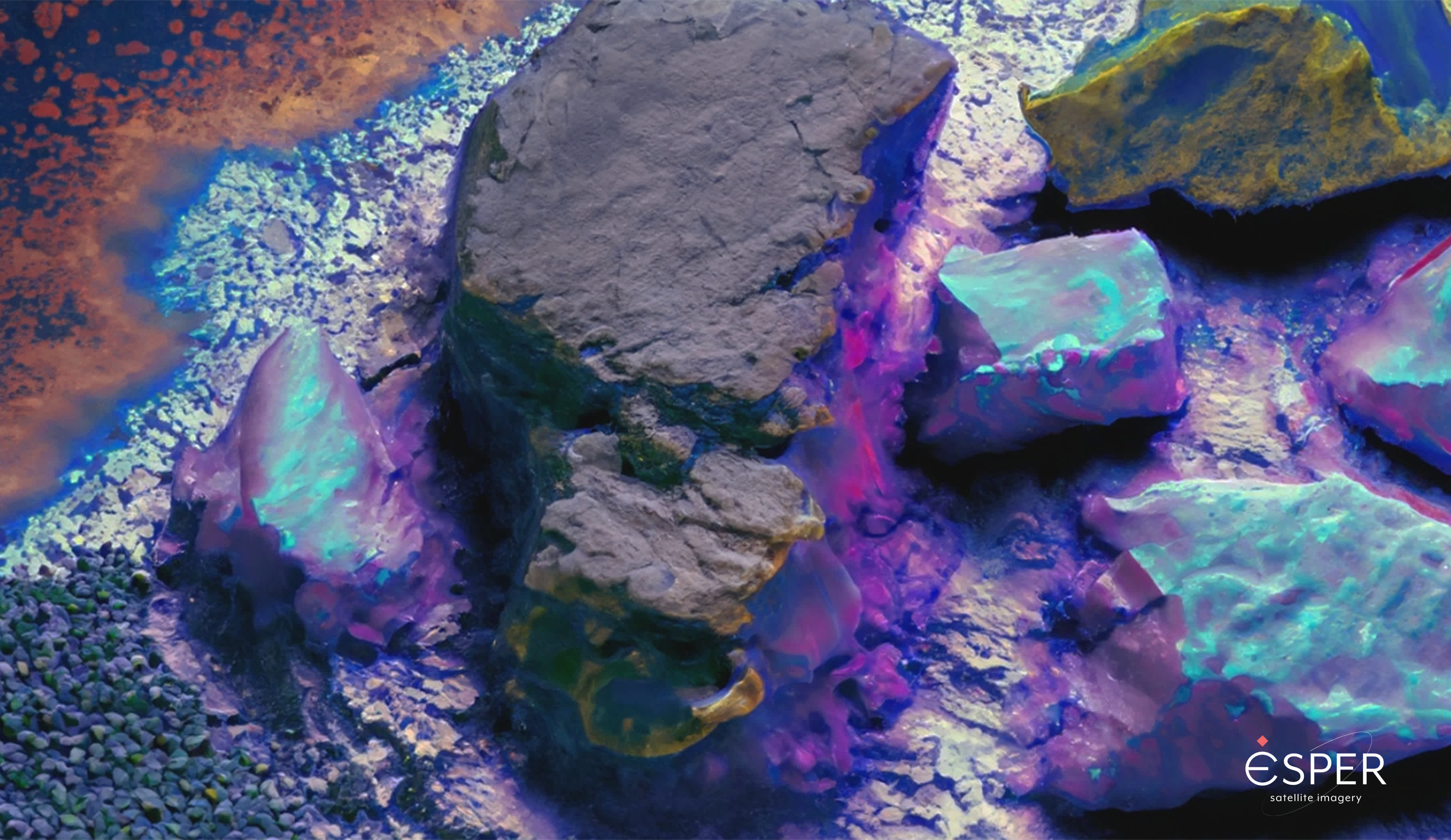
The Green Rush for Lithium
Transition to Green Energy and the Demand for Critical Minerals
In the face of undeniable climate change, marked by hazy skies and shrinking glaciers, the world faces a critical choice: embrace green technology. This shift isn't just about saving the planet, it's about securing our future.
Green solutions, once expensive and niche, are now becoming affordable and powerful. They're transforming industries, creating new jobs, and making businesses more efficient. From solar panels soaking up the sun to windmills whispering in the breeze, clean energy is no longer a futuristic dream, it's here now. Electric cars, once sci-fi fantasies, are now commonplace on our roads, proving that clean transportation is a reality.
But switching to green isn't easy as there are numerous challenges in order to adapt to change. On top of this, the race for green solutions has sparked a huge demand for key ingredients and special minerals.
One of these minerals is lithium, the essential ingredient powering many green technologies. With the push to transition to green, lithium has become a crucial cornerstone of many industries. Its importance is undeniable, even leading the EU Commission to classify it as "critical" in their 2020 report. Finding and using it responsibly is now more important than ever.
Challenges with Lithium Detection
Lithium presents distinct exploration hurdles. Primarily sourced from brine and hard rock deposits, exploring and identifying these deposits are inherently difficult due to their unique geological characteristics.
Brine deposits, nestled within salt lakes, necessitate intricate brine pumping and evaporation techniques. Exploration and identification of these sites are a multifaceted endeavour. Brine deposits remain hidden underground, making their precise location and characteristics harder to ascertain without advanced exploration methods like geophysical surveys, drilling, and sampling. Lithium exists in low concentrations within the brine, typically ranging from 20 to 100 parts per million (ppm), making its detection amidst other dissolved salts and minerals a complex task. Accurately measuring and confirming the lithium content is crucial but challenging.
Conversely, hard rock deposits, particularly pegmatites, pose a distinct challenge unlike their salt-lake counterparts. Their limited surface area and complex internal structure create obstacles in effectively detecting and mapping these critical lithium deposits. Traditional remote sensing techniques often struggle to effectively capture these narrow, minimally exposed structures, leading to the oversight of subtle lithium deposits.
Advancements in Sensor Technology with Hyperspectral Imaging
Optical and thermal remote sensing data have been an important tool in geological exploration for certain deposit types. However, the present economic and technological advances demand the adaptation of the remote sensing data and image processing techniques to the exploration of materials like lithium.
Many sensors have limited spectral bands, hampering their ability to capture subtle spectral signatures crucial for identifying lithium deposits accurately. Additionally, the spatial resolution of some sensors isn't sufficient to detect small or buried formations like lithium-rich pegmatites, limiting their capacity to map these deposits effectively. These sensors often lack the sensitivity needed to discern low concentrations of lithium amidst background elements, and some struggle with penetrating the Earth's surface to detect buried deposits.
Overcoming these limitations requires advancements in sensor technology that offer enhanced spectral and spatial resolution, deeper penetration capabilities, increased sensitivity, and reduced susceptibility to environmental interference, while remaining cost-effective and accessible for comprehensive lithium exploration.
The advent of hyperspectral remote sensing has emerged as a viable solution in the realm of mineral exploration, offering a better detection and characterization of specific minerals. This cutting-edge technology enables the direct identification and quantification of minerals by capturing high-resolution images across a broad spectrum of wavelengths. While conventional methods struggle to discern lithium-rich pegmatites due to their limited spectral bands and resolution, hyperspectral imaging presents a promising avenue for precise detection.
Hyperspectral imaging holds immense promise in revolutionising lithium exploration methodologies. Its capability to capture detailed and nuanced information about geological surfaces provides a unique advantage in identifying lithium-rich deposits. By offering higher spectral resolution and a more comprehensive data set, hyperspectral imaging has the potential to overcome the limitations encountered by traditional remote sensing techniques.
EarthTones and the Pursuit of a Green Future
In the pursuit of a sustainable future reliant on green energy technologies, the importance of critical minerals like lithium cannot be overstated. Addressing the challenges in exploring and detecting lithium-rich deposits demands innovative approaches. Hyperspectral imaging, with its ability to offer detailed and comprehensive geological data, stands poised as a promising tool to revolutionise lithium exploration.
Enter EarthTones, an innovative platform harnessing the power of hyperspectral imaging. This cutting-edge technology, unlike traditional methods, captures detailed spectral data across a broader spectrum, revealing even the faintest traces of lithium. This will allow users to:
Effortlessly identifying lithium deposits by pinpointing the most promising locations.
Optimising exploration efforts with precise data, saving time and resources.
Uncovering new lithium hotspots previously missed by traditional methods.
Make informed investment decisions based on reliable, data-driven insights.
Esper makes this a reality. With the upcoming launch of its first two satellites and a planned 18-satellite constellation in the works, Esper is creating a comprehensive map of Earth. The entire Earth in high-resolution hyperspectral imagery will soon be available and no lithium deposit will be left unseen.
No longer will lithium exploration be a gamble. Partner with Esper and unlock the power of EarthTones for lithium exploration. Discover the future of sustainable energy, one pixel at a time.
Learn more about EarthTones here and let it guide you to a brighter, lithium-powered future.